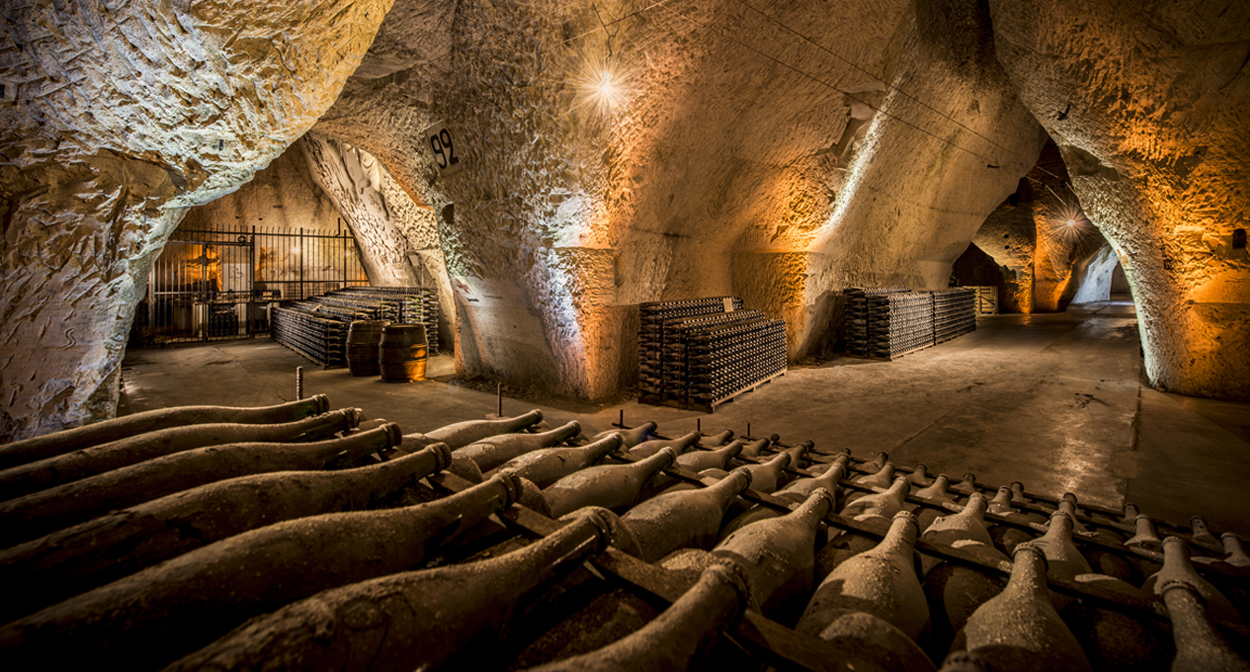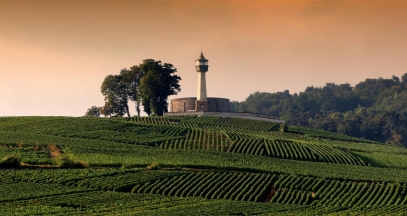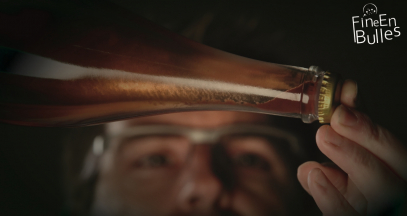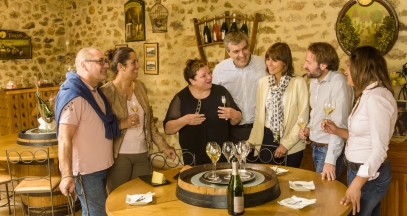Because luxury is also the art of receiving guests, Veuve Clicquot aims to share special moments in the historic sites of this famous champagne brand. Discover the tunnels carved from the white limestone, known as crayères, and follow in the footsteps of Madame Clicquot.
In 1909, Veuve Clicquot Ponsardin acquired the underground white limestone quarries, known as crayères, located under Saint-Nicaise Hill on the outskirts of the city centre of Reims. Travel along this labyrinth, situated 20 m below the ground, and immerse yourself in the famous brand’s atmospheric underground tunnels and the heritage of the Champagne region. The temperature of the tunnels and their constant humidity, as well as the calm which reigns there, make the tunnels an ideal location for the production of champagne.
What counts in wine tasting? Listen to the way each champagne ‘speaks’ to your sensibility.
These underground galleries, listed as World Heritage sites by UNESCO, have also been the site of different types of human activities, which have shaped them over the centuries. The quarrymen, then the cellar workers, had a tradition of leaving their mark by carving graffiti, with different patterns, on the walls. The civil and military refugees of the First World War also recorded their thoughts on the white chalky limestone.
Vaults were added to the first network of medieval tunnels in order to increase their storage capacity, thus making a 24-km underground network: the largest network of tunnels of all the champagne companies in Reims!
A fine portrait of la grande dame of Champagne
The visit concludes with a tasting of the emblematic champagne, the Brut Carte Jaune, and the vintage created in honour of la grande dame, Madame Clicquot herself! Created in 1972 to celebrate the bicentenary of the company, the champagne La Grande Dame doesn’t see the light of day unless Dominique Demarville, the cellar master, decides that the year’s harvest meets the high-quality demands of Madame Clicquot. As for the Brut Carte Jaune, it reflects the Veuve Clicquot vineyard, showcasing the continuity of its style and how the different wine districts complement each other.
What counts in wine tasting? Listening to the way each champagne ‘speaks’ to your sensibility. The essential instruments of wine tasting are the eyes, the nose, and then the mouth. The three key phases are the attack, the blooming, and the finale.
Visit centre
1, place des Droits-de-l’Homme
51100 Reims
Phone: +33 (0)3 26 89 53 90
Visits to cellars and shops by reservation only
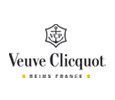
LEARN MORE


